Optimist: How it all began
Published on June 10th, 2015
As a group of youngsters recently rigged a fleet of small snub-nosed, flat-bottomed boats at Clearwater Community Sailing Center, most were unaware that the little boat they sailed on Clearwater Bay had its beginning in these Florida waters.
In 1947, the Clearwater Optimist Club’s motto was “the friend of a boy.” One of their speakers on the subject was Maj. Clifford Anderson McKay, Sr.
“I believe we can adapt the structure of the Soap Box Derby to create a plan for a boy-sized sailboat,” he told the Optimists. “We’re short on hills here, but long on water. The boat should be safe for youngsters, stable in the water, with lightweight booms that wouldn’t harm a small noggin.”
He proposed that the cost be kept low so more children could participate and businesses could be encouraged to fund the boats, placing the name of the business on the hull as an advertisement.
“Members of the Optimist Club could direct activities, teach the youngsters how to sail and conduct weekly races in Clearwater Bay,” he added.
With an enthusiast go-ahead from club members, McKay contacted Clark Mills, a well-known boat builder and designer in the area. He was commissioned to design a boat costing $50 or less using two sheets of plywood and having bedsheets for sails.
“I talked him out of the bedsheet idea,” Mills later said, “and the only way I could make it out of two pieces of plywood was to give it a snub nose. Ugliest boat I ever made. Looks like a floating hog trough. I called it the Optimist pram, and the name stuck.”
Most of the boats were built by Mills with some of the boys adding the hardware. Mills donated the boat design to the Clearwater Optimist Club and, in spite of the thousands of Opties built, neither Mills nor his family ever received a nickel in royalties.
Sixteen business sponsors signed up the first week, and the project was underway.
McKay persuaded Clearwater officials to provide an old fish processing building, located at the east end of Bay Esplanade, for a boat shed. Soon, weekly sailing classes and races were being held.
Initial concern about incompatibility between small skippers and their boats and the larger sailboats and yachts at the nearby yacht club quickly dissipated. Big sailors shouted encouragement to small ones. Big-boat skippers rescued small daggerboards and other flyaway equipment from overturned Optis, including a waterlogged young skipper or two.
McKay then invited yacht and Optimist clubs throughout Florida to build their own fleet of prams. In December 1948, the Clearwater Optimist fleet hosted the boldly named International Optimist Pram Regatta, even though visiting sailors were from nearby towns.
Eventually, wood construction gave way to fiberglass and the name was changed to Optimist dinghy, nicknamed “Optis” by the children.
Today, there are Optimist dinghy fleets on six continents, in more than 120 countries. Most Olympic sailors learned to sail in the Opti. Both France and Germany have Optimist dinghy museums, and each year the jaunty little boat appears in new places around the world.
“Sailing an Opti gives youngsters self-confidence, decision-making skills and the freedom to be themselves,” said Richard White, program director of the Clearwater Community Sailing Center and the Clearwater Opti fleet.
Source: Clearwater Gazette


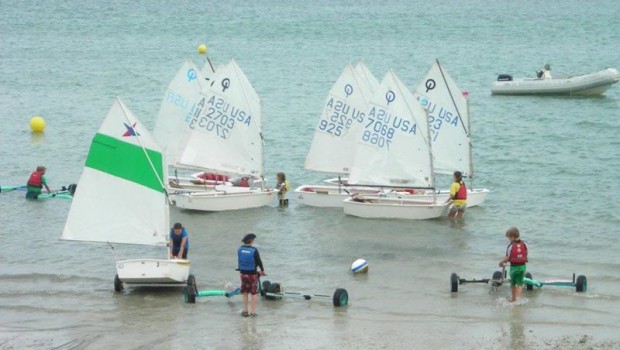


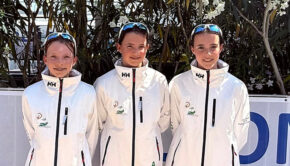
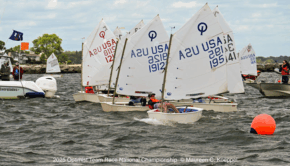
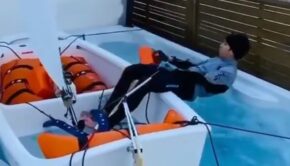
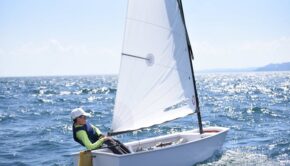
 We’ll keep your information safe.
We’ll keep your information safe.